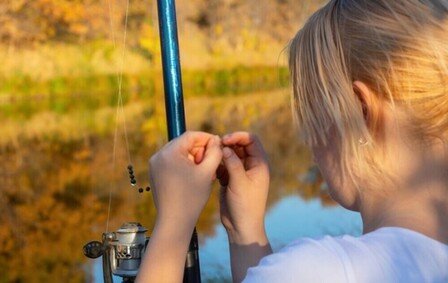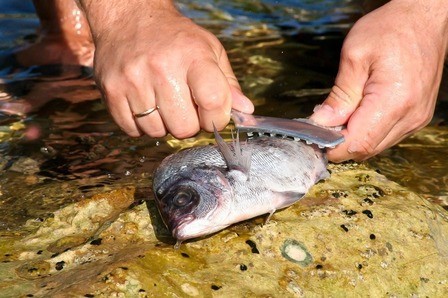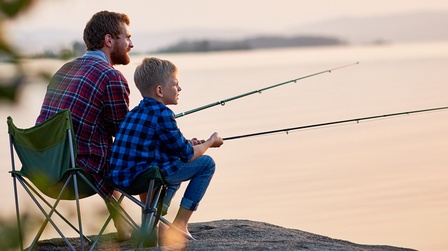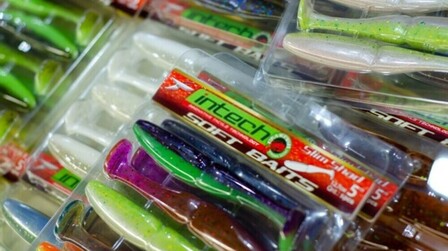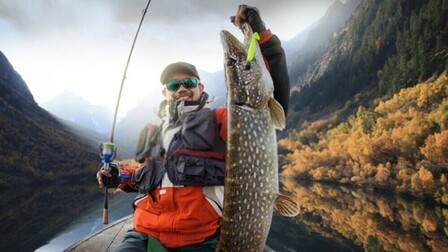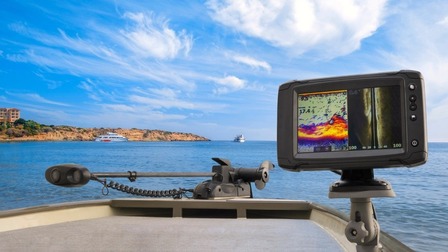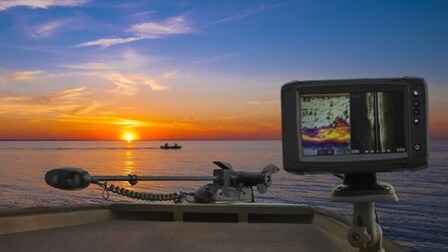Taking advantage of water currents for fishing is one of the most rewarding fishing you will get from the shore. But it will require fishermen to learn a bit about how to read the water to find more fish. If you’re ready for that, let’s get started!
Get Up High And Watch The Beach

In most cases, making an assessment looking from up high the beach is more accurate than looking from the side (whether left or right).
It is worth taking some time to walk down the calm sea to see what is beneath.
Pro tips: Before the tide starts to push, check this:
1) Look down the length of a sandy beach during a low spring tide to check if there're any long curves with a bank on the point and a distinctive hole in the curve.

If yes, the water is commonly deeper on the other side of the bank - which is a very ideal spot for producing fish.
2) Your target is to land your bait on the cut-off line and to identify where it is, watch carefully a wave that has just passed over the bank. This will show you the slope characteristics on the bankside down into the trough.
If that is an inclined slope, it will create a clear cut-off line between the blue calm water and the white wave water when going into the trough.

This cut-off line usually sits several meters from the shore of the Kob drop-off.
A basic rule of thumb is the larger the beach area, the fader the cut-off line.
Identify The Current Direction, Strength, And Speed
To identify how fast, how strong, and which way the current is moving, look for bits of weeds, leaves, small twigs, or any floating things in the water.
There are two important notes you need to keep in mind:
- Rips (or outgoing currents) that flow straight to sea can bring fish from a long way off

- Most fish species extensively utilize their sense of smell whenever foods
Your task is to identify those rips to cast your bait.
Water Spots To Put Your Bait In
During Incoming Tides
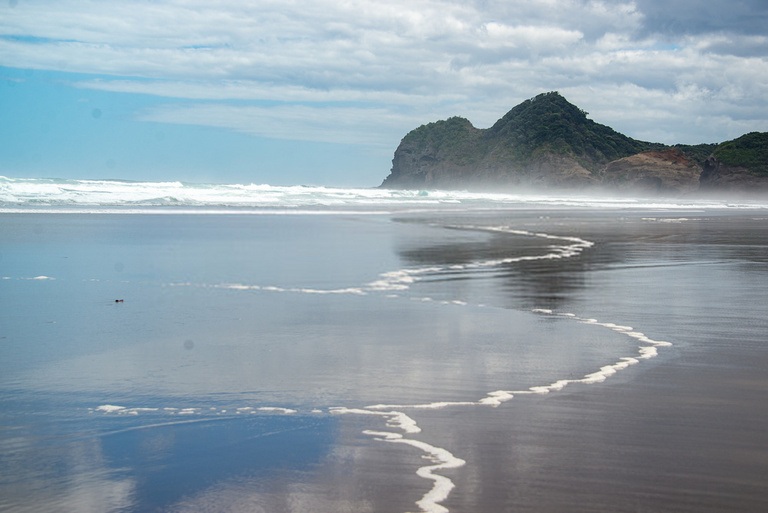
Fish usually go hunting for food during the incoming tide - when the tide begins to push. If you go fishing during that time, you’ve got more chances to catch big predators. Here are some common spots on the sea where fish (even big fish) are found:
Fine Sand Churning Or Lifting
The food ranges in these spots are diverse, which attracts fish to hang around to hunt.
Around the edges of rough sand churning or lifting

For the same reason as above but as most fish species can’t tolerate rough sand, they have a tendency to hunt around the edges.
Isolated Banks

If you find a beach area where the surrounding water is calm but waves keep lifting, breaking, rolling, and fading into a swell, that is an isolated bank.
Isolated banks are commonly the favorite foot-hunting spot of small fish. But if the bank and the water area around it are deep enough, some big fish can be found there, too.
Seaward Rips

For people who want to catch big saltwater smelling-type fish, cast a big bait or put a slide bait at seaward rips – which is the opening water seating between two sandbanks.
Open Sea Channels
You can cast your bait on either side of the open sea channel between two sandbanks.
After Incoming Tides End
If you, unfortunately, miss an incoming tide, don’t quickly be disappointed.
You don’t need to wait for the next incoming tides to hunt fish but can take advantage of this time to raid the resting or holding areas of fish.
What are resting and holding areas?
When an incoming tide ends, fish will move offshore or look for a calmer water area to rest and wait for the next tides.
These resting areas are commonly deep drop-offs – where the water doesn’t roll all the time but is soapy with a slightly swirling action and odd-breaking wave.
Many anglers did catch fish (even big fish) in these water areas after incoming tides ended. And, the surprising fact is that most fish – during their resting time – don't prefer to take big bait but just small well-presented bits.

But you should take note that hunting fish after incoming tides end is more difficult and effort-taking.
Water Area To Avoid Putting Your Bait In
Strong Side-Washes
Avoid casting in those super-strong side-washes – which are caused by the effects of Longshore drift and side currents and keep flowing in the same direction the entire beach length. The reason is these strong side-washes make your sinkers difficult to hold.
No-Current Water Spots

If you are an ambitious angler, don’t go fishing in no-current beach spots because there is little fish there.
Deepwater Troughs

Also, avoid casting your bait in deep water troughs since it is too clear for baitfish to hide or for predators to lurk to hunt.
Conclusion
I have just walked you through all guides, tips, and tricks on how to read the water to find more fish. Hopefully, the article met your needs and helped you identify ideal fishing spots on the beach. Thanks for reading!

